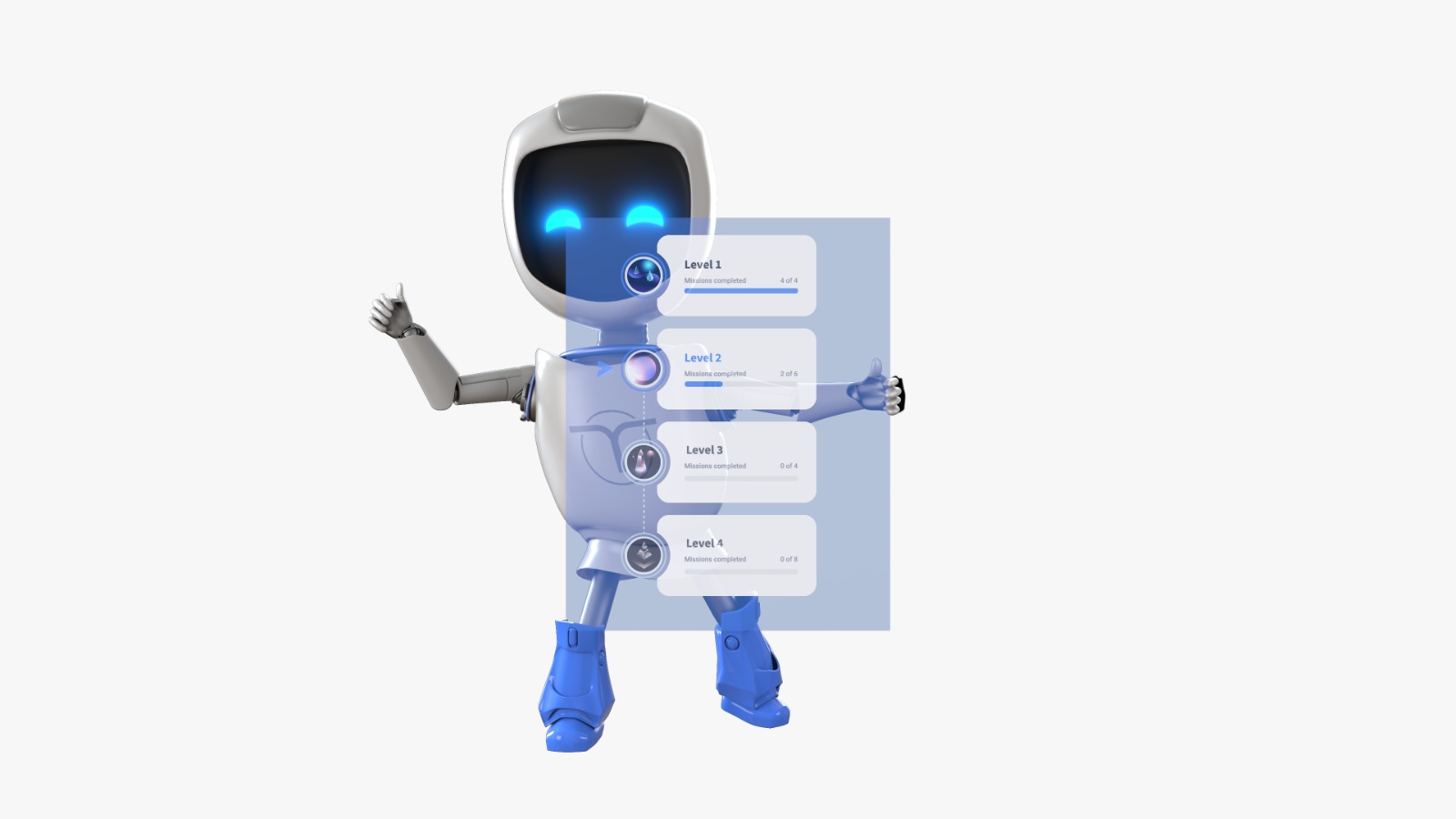Employee underperformance could be costing your organization 10-20% more than necessary—are you prepared to address it? This is just one example of how training impacts employee performance. Turnover costs, customer dissatisfaction, lost sales, decreased shareholder value, and reputational issues are some of the other significant consequences.
This article examines the costly risks of neglecting training programs and how investing in innovative learning strategies can significantly improve employee performance and organizational success.
The Alarming Truth About Underperforming Teams
Underperforming employees usually go unnoticed until it’s too late. Research from Culture Amp shows that underperforming employees can make up to 20% of the workforce, with a median of 4%. Alarmingly, data reflects that 50% of employees were surprised by their performance ratings—87% of these surprises were negative. This disconnect doesn’t just lead to uncomfortable reviews; it’s a significant driver of disengagement, with 23% of employees reporting a drop in motivation and commitment after receiving unexpected feedback.
The root cause of such performance issues is frequently traced back to inadequate training. Many employees attribute their poor performance to a lack of clear guidance and skill development, highlighting a systemic failure in learning and development (L&D) initiatives.
How Training Gaps Undermine Organizational Success
Not investing in employee training doesn’t just leave gaps in knowledge—it creates a ripple effect of problems that can seriously hurt your business:
Skill Gaps
Employees without proper training often struggle to meet the demands of their roles, which leads to mistakes, inefficiencies, and delays that drag down overall productivity. If these errors cause breaches or compliance failures, the resulting fines and legal costs can be financially devastating.
Employee Frustration
When employees feel unprepared or unsupported, frustration sets in, making it harder for them to stay engaged with their work. Over time, this frustration can spread to other team members, creating a negative work environment.
Higher Turnover Rates
Employees seek growth opportunities. Without development programs, they leave for companies that invest in their skills. Gallup estimates that employee turnover costs U.S. businesses approximately 1 trillion dollars annually, with replacement costs ranging from 1.5-2x an employee’s salary.
Inability to Adapt to Change
Without proper training, employees struggle to keep up with new technologies, processes, or industry trends. While competitors adopt new tools and strategies, companies that don’t invest in training risk losing their edge, falling behind the competition.
Poor Customer Service
Inadequately trained employees fail to meet customer expectations, resulting in complaints, negative reviews, and a decline in loyalty. Effective customer service training can transform interactions and improve satisfaction, building stronger customer relationships.
Lack of Team Collaboration
Training on effective collaboration techniques helps teams communicate clearly, align their goals, and use each other’s strengths. Without collaboration training, miscommunication and conflicting priorities arise, leading to delays and eroded trust.
The Training Programs That Prevent Costly Mistakes
We’ve explored how training impacts employee performance when it’s underdeveloped or non-existent, but let’s turn to a more positive outlook.
Organizations that invest in comprehensive training programs see significant benefits. According to Forbes, companies offering comprehensive training programs achieve 218% higher income per employee compared to those without formal training and a 24% higher profit margin overall.
Addressing these gaps through effective training doesn’t just enhance performance—it boosts engagement and drives overall business success.
Core Areas to Focus On
A well-rounded training program should address both the hard and soft skills that employees need to thrive in their roles. By identifying the core areas that directly impact performance, companies can build a cohesive training and learning plan.
Here are some of these critical focus areas to consider:
- Technical Skills: Job-specific training ensures competency. For example, IT teams require continuous education on emerging technologies and security practices.
- Soft Skills: Training in communication and problem-solving fosters effective teamwork and customer interactions.
- Compliance: Regulatory training minimizes legal risks. Industries like healthcare and finance rely on compliance to avoid severe penalties.
- Leadership Development: Building future leaders cultivates long-term success. Even skilled managers need training to lead with confidence and inspire teams.
- Customer Service: Active listening, conflict resolution, and empathy training enhance customer satisfaction and loyalty.
- Product Knowledge: Employees across all roles benefit from understanding company products to align efforts and improve efficiency.
Digital Transformation in Training
Modern training is powered by digital tools that cater to diverse, global teams. Some of these platforms’ features contain:
- Mobile-friendly applications: Make training more accessible, allowing employees to learn on the go, anytime and anywhere.
- 24/7 availability: Enable learners to engage at their own pace while fostering collaboration across global teams.
- Generative AI solutions: Personalize learning experiences, adapting to individual progress to keep content relevant, engaging, and effective.
Customizing Training for Success
An effective training program lies in its customization and ability to cater to organizational needs. One-size-fits-all solutions often fall short, failing to address the unique challenges of different teams or departments.
A great example of tailored training is found in microlearning platforms which offer:
- Bite-sized, focused content that can be customized to the learner’s pace and needs.
- Gamified material, making training more relevant, engaging, and effective.
- Personalized learning paths which adapt to individual progress and goals.
Continuous Feedback for Growth
32% of employees often wait more than three months for feedback from their supervisor, which can significantly contribute to disengagement and frustration. When employees don’t receive regular feedback, they may feel disconnected from their performance goals, leading to a lack of motivation and a slower pace of improvement.
Platforms that enable real-time feedback and mentoring help:
- Foster ongoing dialogue between employees and managers.
- Ensure training aligns with individual and organizational priorities.
- Boost motivation and accelerate performance improvements.
Proven Metrics to Measure and Improve Training Impact
Implementing learning initiatives is not enough. Quantitative and qualitative metrics give real insight into how training impacts employee performance.
Here are some examples of clear and measurable indicators to track training performance:
- L&D Key Performance Indicators (KPIs): Employee productivity, knowledge retention, training completion rates, and post-training performance improvements.
- The ROI of Training: Assess cost savings, performance enhancements, and engagement improvements.
- Long-Term Impact Analysis: Performance appraisals, surveys, and case studies.
Proven Success Story: Code of Talent’s Impact
One success story of efficient training implementation involves a commercial bank leveraging Code of Talent’s microlearning platform. Results included:
- 70% Reduction in Employee Turnover
- 85% Time Optimization
- Higher Motivation
Boost Performance with Custom Training Solutions
Don’t let underperformance drain your resources any longer. It all starts with understanding how training impacts employee performance. By embracing strategies like customized learning experiences, real-time feedback, and innovative platforms like Code of Talent, you can elevate your team’s skills, boost motivation, and fuel long-term success. The transformation begins with the right training approach.
Photo: Freepik





